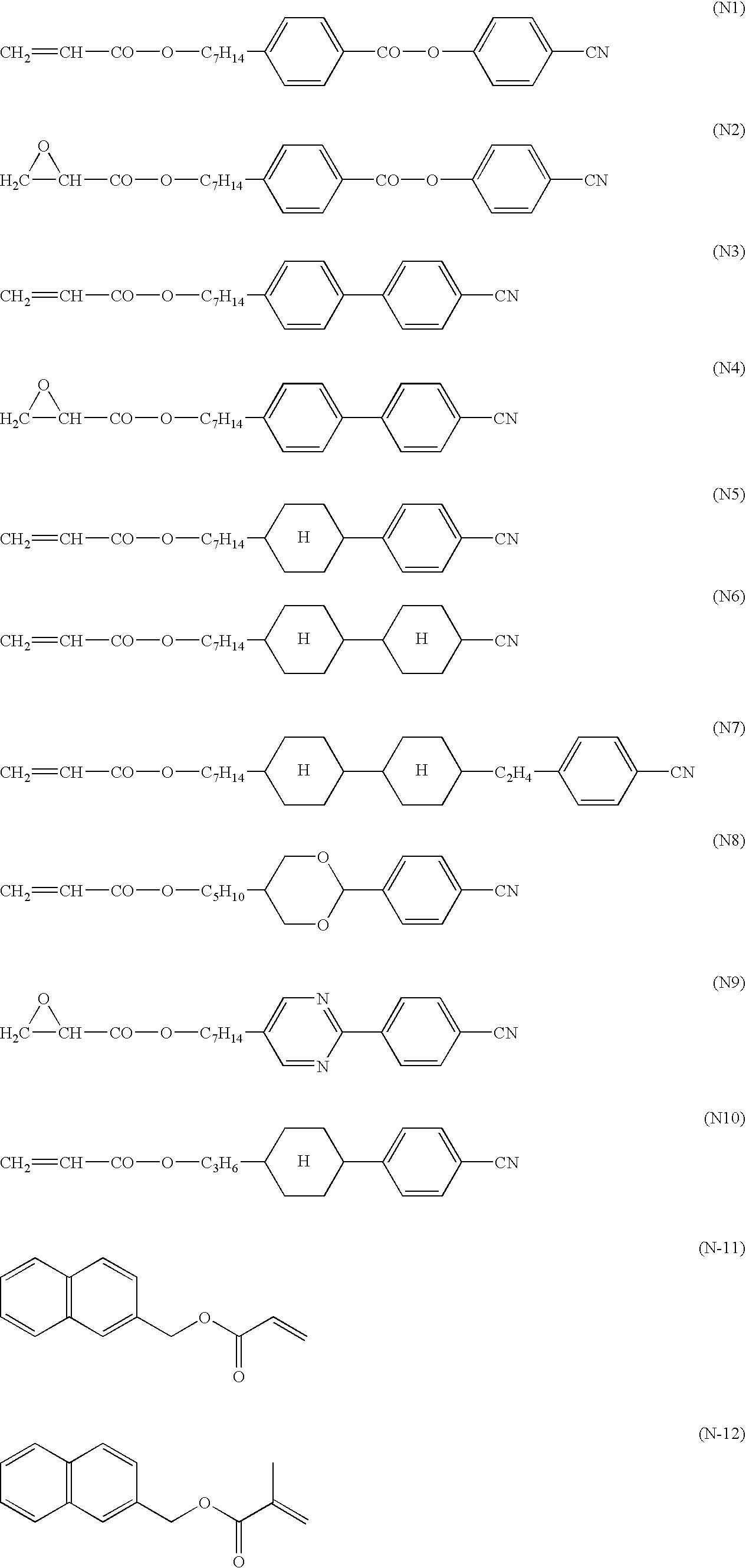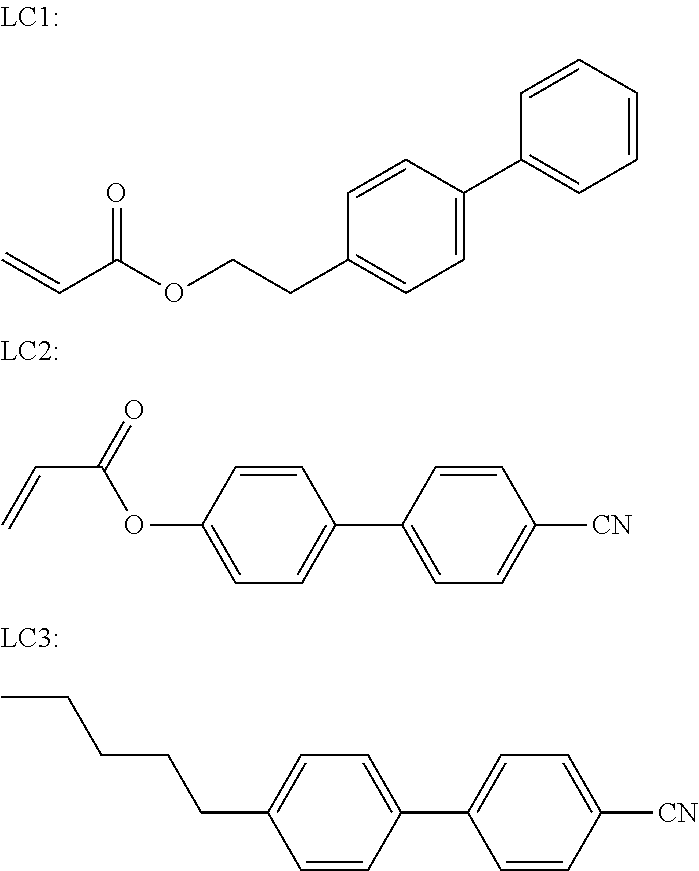Liquid crystal display device
a liquid crystal display and display screen technology, applied in the direction of adhesive types, instruments, optics, etc., can solve the problems of insufficient front contrast ratio, high dependence of images on viewing angles, and easy formation of scratches on surfaces, etc., to achieve the effect of reducing and adjusting the gel fraction, increasing light leakage, and increasing the light leakag
- Summary
- Abstract
- Description
- Claims
- Application Information
AI Technical Summary
Benefits of technology
Problems solved by technology
Method used
Image
Examples
example 1
Production of Cyclic Olefin-Based Film
(Production of Film (F1))
[0160]APEL APL5014 (Tg 135° C.) (Mitsui Chemicals, Inc.) was preheated at 90° C. and melted with the uniaxial extruder having an inner diameter of 50 mm and L / D of 28. In addition, the temperature of an inlet was 140° C. and the temperature of an outlet was 200° C. It was extruded to the outlet of the extruder from the T die via the sintered filter and the gear pump.
[0161]Three cooling rolls were used in the cooling process. The cooling rolls were arranged at an interval of 3 cm. The temperature of the first cooling roll nearest to the die was 130° C., a value obtained by subtracting the temperature of the first cooling roll from that of the second cooling roll was 3° C. and a value obtained by subtracting the temperature of the third cooling roll from that of the second cooling roll was 13° C.
[0162]In addition, a ratio (ΔSr21(%)=100×(Sr2−Sr1) / Sr1) of a difference between the conveying speed (Sr2) of the second cooling r...
PUM
| Property | Measurement | Unit |
|---|---|---|
| thickness-direction retardation | aaaaa | aaaaa |
| surface haze | aaaaa | aaaaa |
| surface haze | aaaaa | aaaaa |
Abstract
Description
Claims
Application Information
 Login to View More
Login to View More - R&D
- Intellectual Property
- Life Sciences
- Materials
- Tech Scout
- Unparalleled Data Quality
- Higher Quality Content
- 60% Fewer Hallucinations
Browse by: Latest US Patents, China's latest patents, Technical Efficacy Thesaurus, Application Domain, Technology Topic, Popular Technical Reports.
© 2025 PatSnap. All rights reserved.Legal|Privacy policy|Modern Slavery Act Transparency Statement|Sitemap|About US| Contact US: help@patsnap.com



